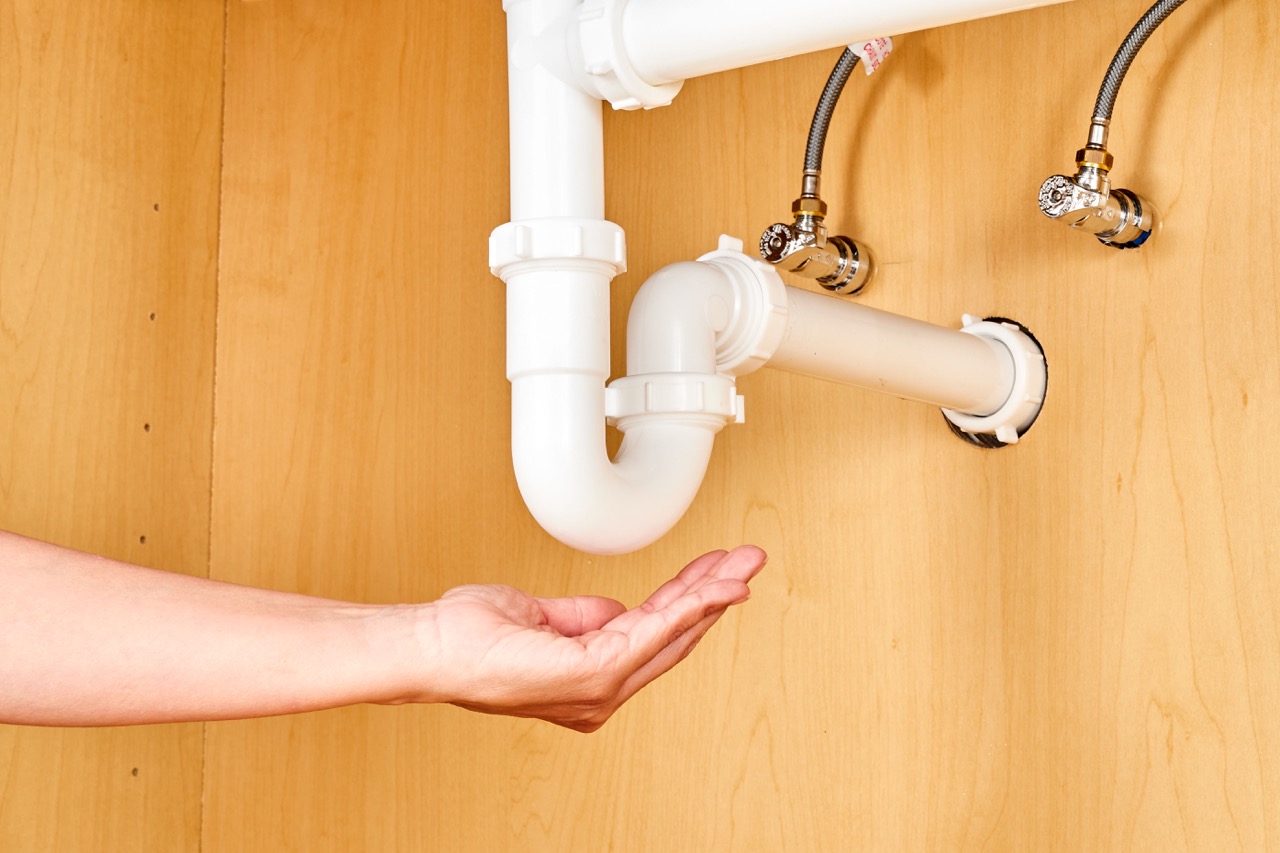

Articles
How To Install A Double Kitchen Sink Plumbing
Modified: March 1, 2024
Learn how to install a double kitchen sink plumbing with our informative articles. Simplify your plumbing project and get expert tips for a successful installation.
(Many of the links in this article redirect to a specific reviewed product. Your purchase of these products through affiliate links helps to generate commission for Storables.com, at no extra cost. Learn more)
Introduction
Installing a double kitchen sink can greatly enhance the functionality and aesthetics of your kitchen. Whether you’re upgrading from a single sink or replacing an old one, this comprehensive guide will walk you through the step-by-step process of installing a double kitchen sink plumbing system.
A double kitchen sink provides the convenience of separate basins, allowing you to multitask and efficiently handle tasks such as dishwashing and food preparation. Additionally, it can add a modern and stylish touch to your kitchen space.
Before diving into the installation process, it’s essential to gather all the necessary tools and materials. This will ensure a smooth and hassle-free installation experience. Some of the tools you’ll need include adjustable wrenches, a pipe cutter, plumber’s tape, and a bucket for capturing any water during the installation process.
In terms of materials, you’ll need a new double sink, drain pipes, P-trap, PVC fittings, and a basket strainer assembly. It’s also a good idea to have a tube of plumber’s putty and silicone caulk on hand for sealing purposes.
Next, you’ll need to remove the old sink and prepare the area for the installation of the new one. This involves disconnecting the water supply lines and removing the old sink, including any mounting clips or brackets.
Once the area is clear, you can begin preparing for the installation of the new sink. This includes measuring the sink’s dimensions and marking the location of the holes for the faucet and any additional accessories.
The next step is installing the new sink into the countertop. This involves applying a thin layer of plumber’s putty around the edges of the sink and carefully lowering it into place. Properly securing the sink with mounting clips or brackets is crucial to ensure its stability.
With the sink in place, you can now proceed to connect the drain pipes. This involves assembling the P-trap and connecting it to the sink’s drain outlet. It’s essential to ensure a tight and secure connection to prevent any leaks.
After the drain pipes are connected, it’s crucial to test the system for leaks. Fill each basin of the sink with water and let it drain while inspecting the pipes for any signs of leakage. Any leaks should be addressed immediately to avoid potential water damage in the future.
Lastly, secure the sink to the countertop using mounting brackets or clips and apply a bead of silicone caulk around the edges to create a watertight seal. This will provide added support and prevent any water from seeping underneath the sink.
By following these steps, you can successfully install a double kitchen sink plumbing system and enjoy the benefits of a functional and visually appealing kitchen workspace.
Key Takeaways:
- Upgrade your kitchen with a double kitchen sink for multitasking and modern aesthetics. Follow the step-by-step guide for a seamless installation process.
- Ensure a secure and stable installation by gathering the necessary tools, removing the old sink, preparing the area, installing the new sink, connecting drain pipes, testing for leaks, and adding final touches.
Read more: How To Plumb A Double Kitchen Sink
Step 1: Gathering the necessary tools and materials
Before you begin the installation process, it’s important to gather all the necessary tools and materials. This will ensure that you have everything you need on hand, saving you time and frustration as you work through the steps.
Here’s a list of the tools and materials you’ll need for installing a double kitchen sink plumbing system:
- Adjustable wrenches: These will come in handy for tightening and loosening nuts and bolts during the installation process.
- Pipe cutter: You’ll need this tool to cut the drain pipes to the appropriate lengths.
- Plumber’s tape: This tape is used to create a tight seal between threaded connections, preventing leaks.
- Bucket: It’s important to have a bucket on hand to catch any water that may spill during the installation process.
- New double sink: Make sure you have the new double sink that you’ll be installing.
- Drain pipes: You’ll need the appropriate length of drain pipes to connect the sink to the main plumbing system.
- P-trap: The P-trap is an essential component of the plumbing system, as it prevents sewer gases from entering your home.
- PVC fittings: These fittings will be used to connect the various sections of the drain pipes.
- Basket strainer assembly: This assembly includes the strainer basket, sink flange, and mounting hardware.
- Plumber’s putty: This putty is used to create a watertight seal around the sink flange and prevent any leaks.
- Silicone caulk: Caulk will be used to seal the edges of the sink and prevent water from seeping underneath.
Having these tools and materials ready before starting the installation process will ensure that you can work efficiently without any interruptions.
It’s also a good idea to double-check that you have the appropriate sizes and lengths of drain pipes and fittings. Ensuring that everything fits properly will make the installation process much smoother.
Once you have everything you need, you’re ready to move on to the next step of removing the old sink and preparing the area for the installation of the new one.
Step 2: Removing the old sink and plumbing
Before you can install the new double kitchen sink, you’ll need to remove the old sink and its plumbing system. This step requires careful dismantling to ensure a clean and smooth transition.
Here’s a step-by-step guide on how to remove the old sink and plumbing:
- Start by turning off the water supply to the sink. Locate the shut-off valves beneath the sink and turn them clockwise until they are fully closed.
- Next, disconnect the water supply lines from the faucet handles. Use an adjustable wrench to loosen the nuts securing the supply lines and remove them.
- Once the water supply lines are disconnected, remove the drain pipes. Loosen the nuts connecting the P-trap to the sink’s drain assembly and remove them. Be sure to place a bucket underneath to catch any water that may spill out.
- After removing the drain pipes, disconnect any clips or brackets securing the sink to the countertop. These may be located underneath the sink or on the sides. Use a screwdriver or an appropriate tool to remove them.
- With the sink detached from the countertop, carefully lift it out and set it aside. Be cautious as it may be heavy or bulky.
- Inspect the area where the sink was installed. Remove any remaining debris or old putty to ensure a clean surface for the new sink.
- Lastly, inspect the plumbing connections and pipes. This is a good opportunity to check for any signs of damage or wear. If necessary, replace any worn-out or damaged pipes to prevent future issues.
By following these steps, you’ll successfully remove the old sink and plumbing, preparing the area for the installation of the new double kitchen sink. Remember to take your time and be attentive to detail to ensure a smooth transition.
Once you’ve removed the old sink and plumbing, you’re ready to move on to the next step: preparing the area for the new sink.
Step 3: Preparing the area for the new sink
Now that you’ve removed the old sink and plumbing, it’s time to prepare the area for the installation of the new double kitchen sink. Proper preparation is essential for ensuring a secure and stable installation.
Follow these steps to prepare the area for the new sink:
- Measure the dimensions of the new sink. This includes the length, width, and depth. It’s important to have accurate measurements to ensure that the sink fits properly in the countertop.
- Once you have the dimensions, mark the location of the holes for the faucet and any additional accessories. Use a marker or a template provided with the sink to make precise markings.
- If your new sink requires clips or brackets for mounting, position them on the underside of the countertop as per the manufacturer’s instructions. Make sure they are evenly spaced and aligned with the markings you made earlier.
- Apply a thin layer of plumber’s putty around the edges of the sink. This putty will act as a sealant when the sink is placed into the countertop, preventing any water leakage.
- With the putty applied, carefully lower the new sink into the countertop. Make sure it is centered and aligned with the markings you made earlier.
- Press down firmly on the sink to secure it in place. If your sink requires clips, tighten them using a screwdriver or the tool provided. These clips will hold the sink securely to the countertop.
- Wipe away any excess putty that may have squeezed out around the edges of the sink. Use a clean cloth or paper towel for this step.
- Double-check that the sink is level and sits flush with the countertop. You can use a bubble level to ensure accuracy. Adjust the sink as needed.
By following these steps, you’ll ensure that the area is properly prepared for the installation of the new sink. Taking the time to measure accurately and position the sink correctly will contribute to a seamless installation process.
Now that the area is prepared, you’re ready to move on to the next step: installing the new sink.
Step 4: Installing the new sink
With the area prepared, it’s time to install the new double kitchen sink. Proper installation is crucial to ensure a secure and stable sink that will withstand daily use. Follow these steps to install the new sink:
- Before placing the sink into the countertop, apply a thin bead of silicone caulk around the edges of the sink. This will create a watertight seal and prevent any water from seeping underneath the sink.
- Once the silicone caulk is applied, carefully lower the sink into the countertop, making sure it aligns with the markings and the faucet and accessory holes.
- Press down firmly on the sink to ensure it adheres well to the countertop. Wipe away any excess silicone caulk that may have squeezed out around the edges of the sink.
- If your sink comes with mounting brackets or clips, secure them underneath the sink using a screwdriver or the tool provided. Make sure the sink is tightly secured to prevent any movement or instability.
- Inspect the sink to ensure it is level and sits flush with the countertop. Adjust as necessary using shims or adjustments provided by the sink manufacturer.
- Give the silicone caulk some time to dry and set according to the manufacturer’s instructions. This will ensure a strong and durable seal.
Installing the new sink is a critical step in the process, as it provides the foundation for the rest of the plumbing system. Taking the time to properly secure and align the sink will contribute to its longevity and functionality.
Now that the sink is installed, you’re ready to move on to the next step: connecting the drain pipes.
When installing a double kitchen sink, make sure to properly measure and cut the pipes to fit the new configuration. Use plumber’s putty or silicone sealant to create a watertight seal around the drain openings. Double check all connections for leaks before using the sink.
Step 5: Connecting the drain pipes
Connecting the drain pipes is a crucial step in installing a double kitchen sink. This ensures proper drainage and prevents any leaks or blockages. Follow these steps to connect the drain pipes:
- Start by assembling the P-trap. The P-trap is a curved section of the drain pipe that prevents sewer gases from entering your home. Connect the P-trap to the sink’s drain outlet using PVC fittings. Make sure the connections are tight and secure.
- Measure and cut the straight sections of the drain pipe to the appropriate lengths using a pipe cutter. Ensure that the pipes are long enough to reach the main plumbing system while allowing for a slight downward slope for proper drainage.
- Connect the straight sections of the drain pipe to the P-trap, using PVC fittings and plumber’s tape to create a tight seal between the threaded connections. Tighten the connections using adjustable wrenches.
- If your double kitchen sink has a garbage disposal unit, connect it to the drain pipe. Follow the manufacturer’s instructions for proper installation.
- Double-check all the connections for tightness and proper alignment. Ensure that the drain pipes are securely connected and positioned for optimal drainage.
When connecting the drain pipes, it’s important to use PVC fittings and plumber’s tape to create a tight and secure seal. This will help prevent any leaks and ensure efficient drainage.
Once you’ve connected the drain pipes, it’s crucial to test the system for leaks before moving on. Fill each basin of the sink with water and let it drain while inspecting the pipes for any signs of leakage. Any leaks should be addressed immediately to prevent water damage in the future.
Now that the drain pipes are connected and the system is tested for leaks, you can move on to the next step: testing for leaks.
Step 6: Testing for leaks
Testing for leaks is a crucial step in installing a double kitchen sink plumbing system. By identifying and addressing any potential leaks, you can ensure the integrity and efficiency of your plumbing system. Follow these steps to test for leaks:
- Fill each basin of the sink with water. Use a bucket or another container to pour water into the sink.
- Observe the drain pipes closely for any signs of leakage. Check the connections, joints, and any areas where water might seep out.
- If you notice any leaks, first tighten the connections with adjustable wrenches. If that doesn’t resolve the issue, consider using plumber’s tape or applying more putty or caulk to create a tighter seal.
- Continue monitoring the drain pipes as the water drains from the sink. Look for any additional signs of leakage or drips.
- If you detect any leaks, turn off the water supply to the sink, empty the basins, and make the necessary adjustments or repairs to fix the leaks.
- Repeat the testing process until you confirm that there are no leaks in the drain pipes.
It’s important to take your time during the testing process and thoroughly inspect all the areas of the drain pipes. Even small leaks can cause significant issues if left unaddressed.
Once you’re confident that there are no leaks, you can move on to the final step: securing the sink and adding final touches to complete the installation.
Step 7: Securing the sink and final touches
Securing the sink and adding final touches is the last step in the installation of a double kitchen sink. This step ensures the stability and functionality of the sink while providing a polished look. Follow these steps to secure the sink and complete the installation:
- If your sink has mounting brackets or clips, double-check that they are securely fastened underneath the sink. Tighten the screws using a screwdriver or the tool provided, if necessary.
- Inspect the edges of the sink and the countertop. Apply a bead of silicone caulk along the edges to create a watertight seal and prevent any water from seeping underneath the sink. Use a caulk gun for precise application.
- Smooth out the caulk using a caulk smoother or a moistened finger. This will create a clean and professional finish.
- Wipe away any excess caulk or smudges using a damp cloth or sponge.
- Check that the sink is level and sits flush with the countertop. Make any necessary adjustments to ensure proper alignment.
- Double-check all the connections, including the drain pipes and water supply lines. Ensure that they are tight, properly aligned, and free of leaks.
- Dispose of any old sink parts and cleanup any debris or tools that were used during the installation process.
By securing the sink and adding the final touches, you’re ensuring its stability and preventing any potential issues that may arise from loose connections or gaps between the sink and the countertop.
With the sink securely in place and all the connections properly tightened, you’ve successfully completed the installation of a double kitchen sink plumbing system. Enjoy your new functional and visually appealing kitchen workspace!
Remember to refer to the manufacturer’s instructions specific to your sink and consult a professional if you encounter any challenges during the installation process.
Conclusion
Installing a double kitchen sink plumbing system can be a rewarding project that enhances the functionality and aesthetics of your kitchen. By following the step-by-step guide outlined in this article, you’ll be able to successfully install a double kitchen sink and enjoy the convenience it offers.
From gathering the necessary tools and materials to removing the old sink and plumbing, preparing the area, installing the new sink, connecting the drain pipes, testing for leaks, securing the sink, and adding final touches, each step is crucial to ensuring a seamless installation process.
Throughout the installation process, it’s important to pay attention to detail and work accurately. Properly aligning and securing the sink, making tight connections, and testing for leaks will contribute to the longevity and efficiency of your plumbing system.
Remember to consult the manufacturer’s instructions and seek professional assistance if needed. While this guide provides a comprehensive overview, individual sink models and plumbing systems may have specific requirements or variations that you should be aware of.
By successfully installing a double kitchen sink, you’ll enjoy the convenience of separate basins for multitasking, as well as the modern and stylish look it adds to your kitchen space.
Now that you have the knowledge and confidence to install a double kitchen sink plumbing system, it’s time to embark on this exciting project and upgrade your kitchen. Enjoy the benefits and satisfaction of a well-installed and functional sink for years to come!
Frequently Asked Questions about How To Install A Double Kitchen Sink Plumbing
Was this page helpful?
At Storables.com, we guarantee accurate and reliable information. Our content, validated by Expert Board Contributors, is crafted following stringent Editorial Policies. We're committed to providing you with well-researched, expert-backed insights for all your informational needs.
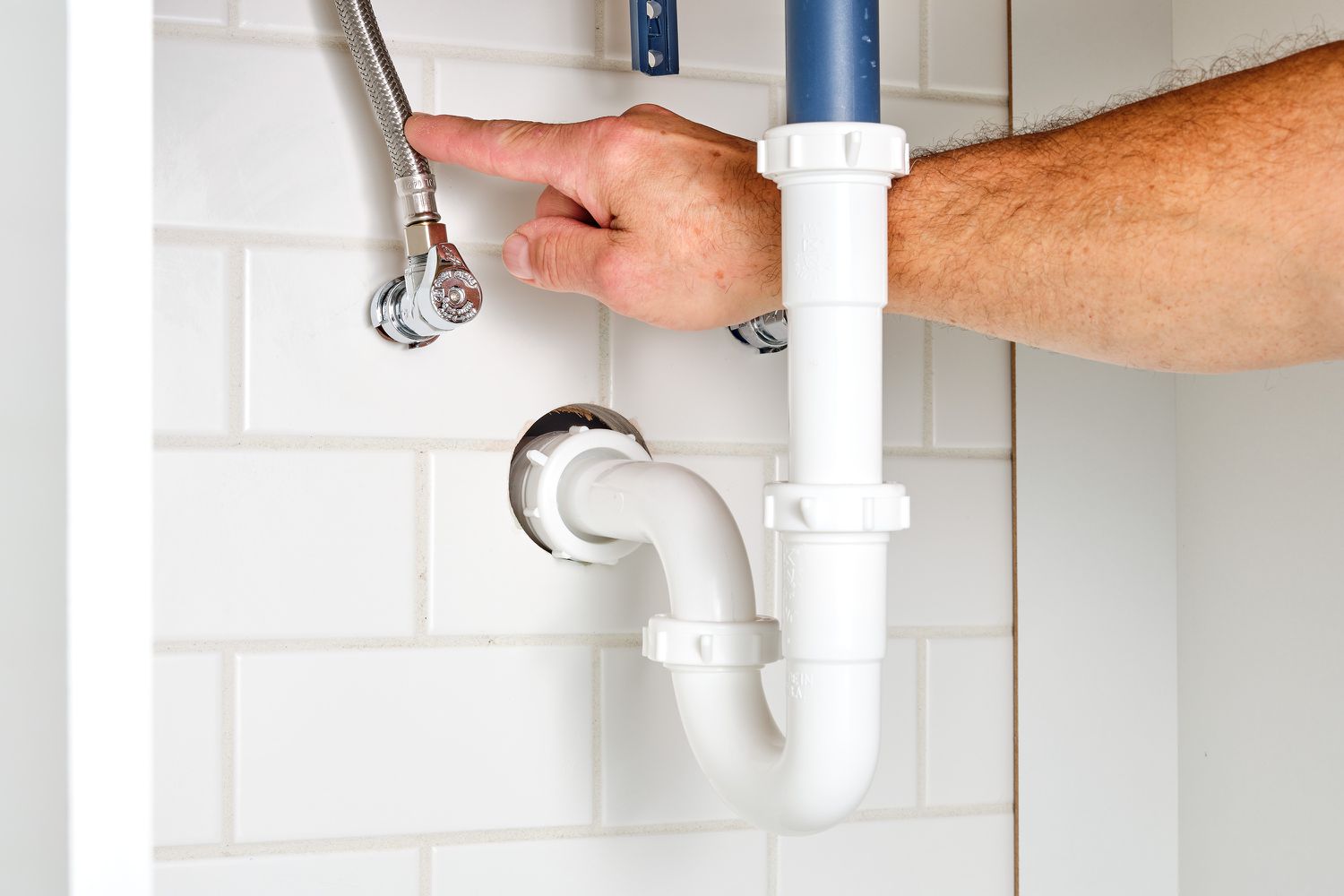
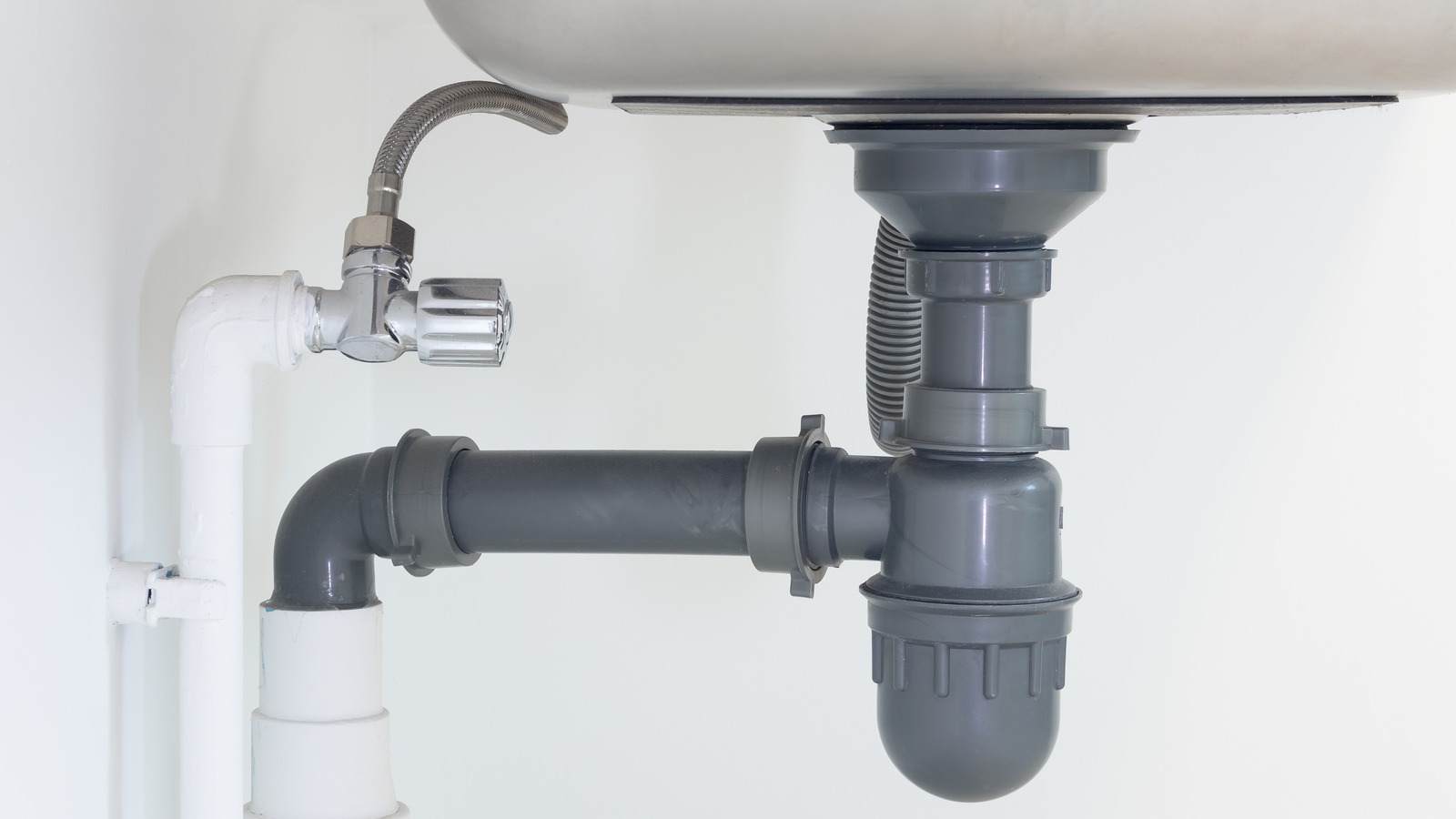
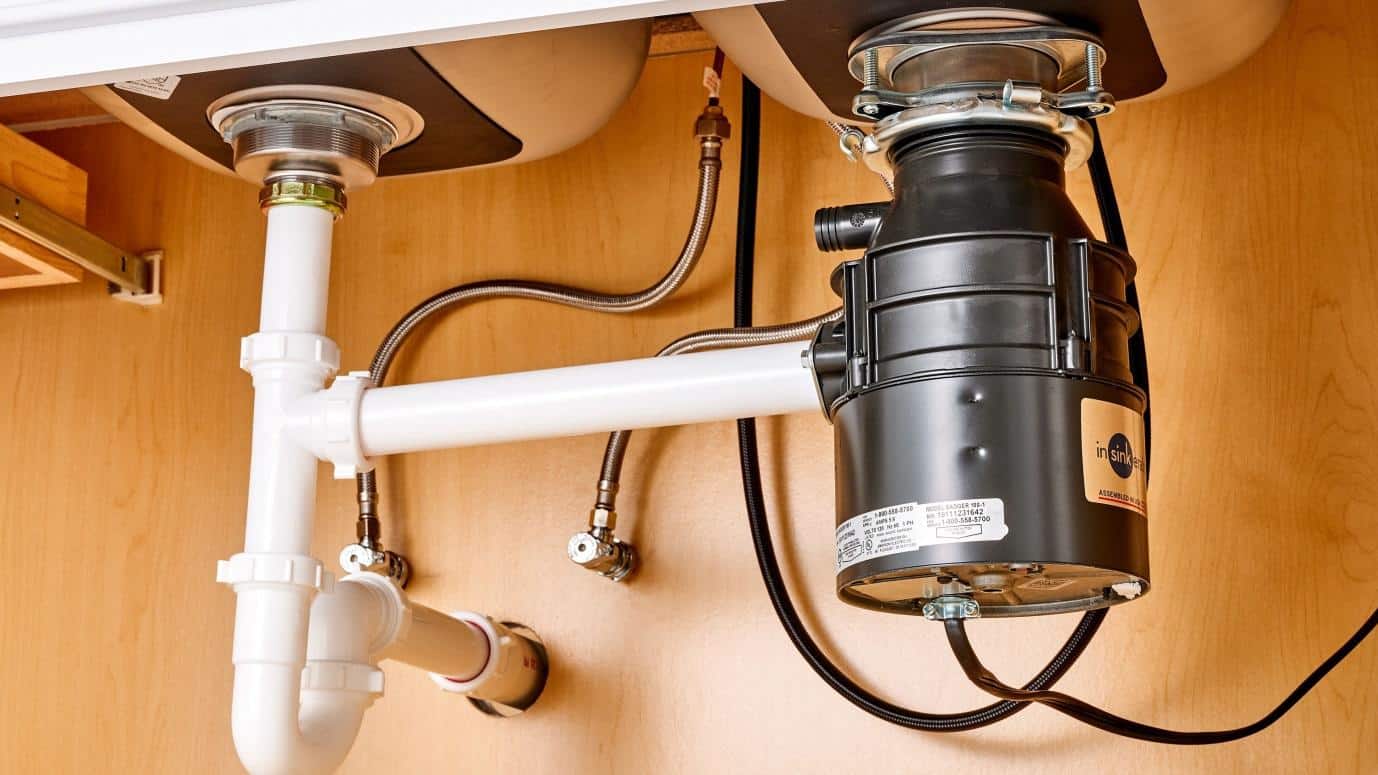
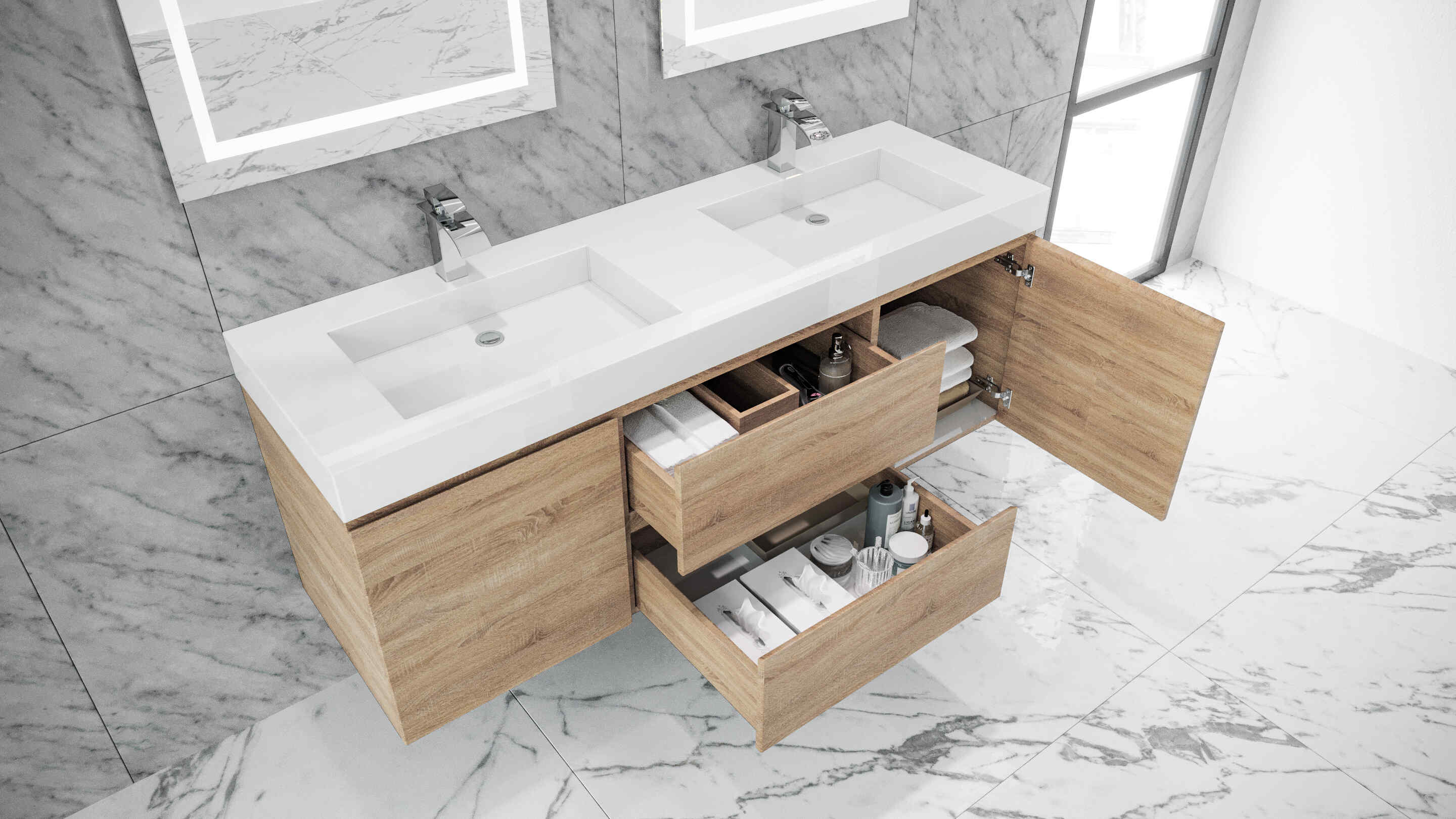
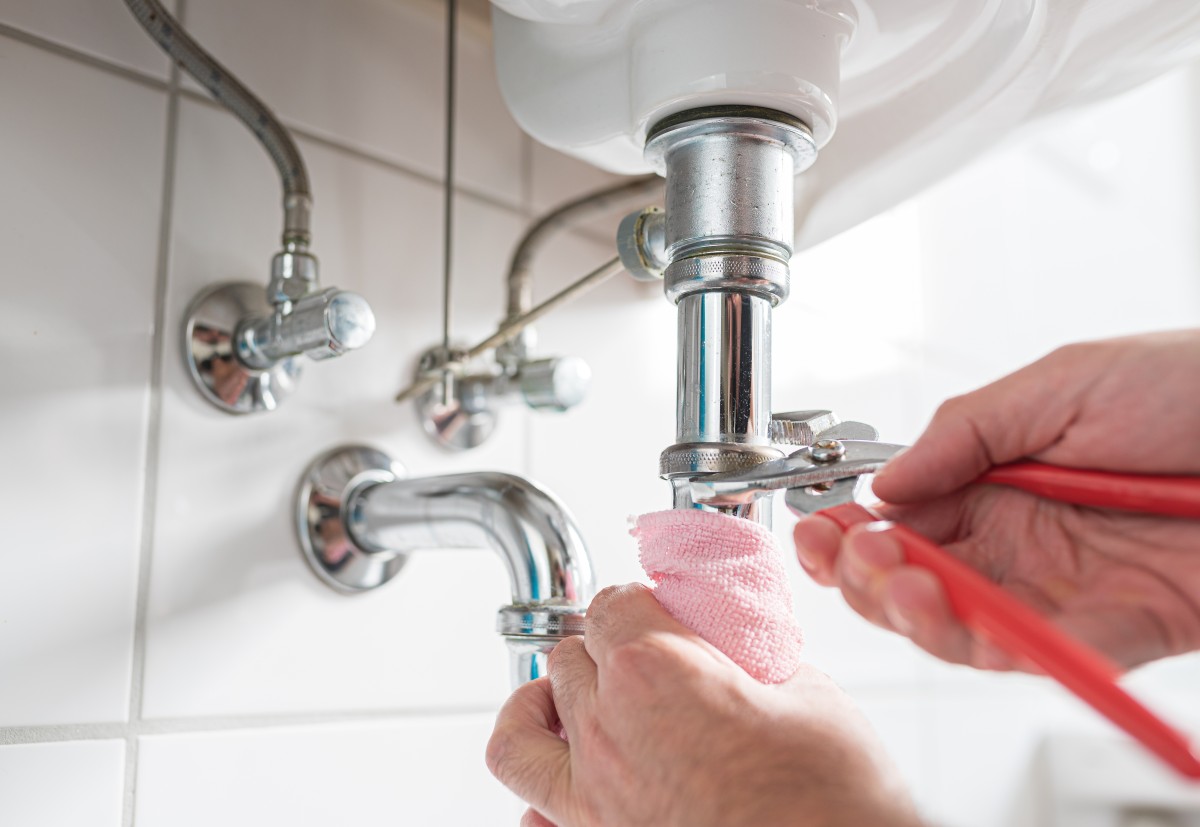
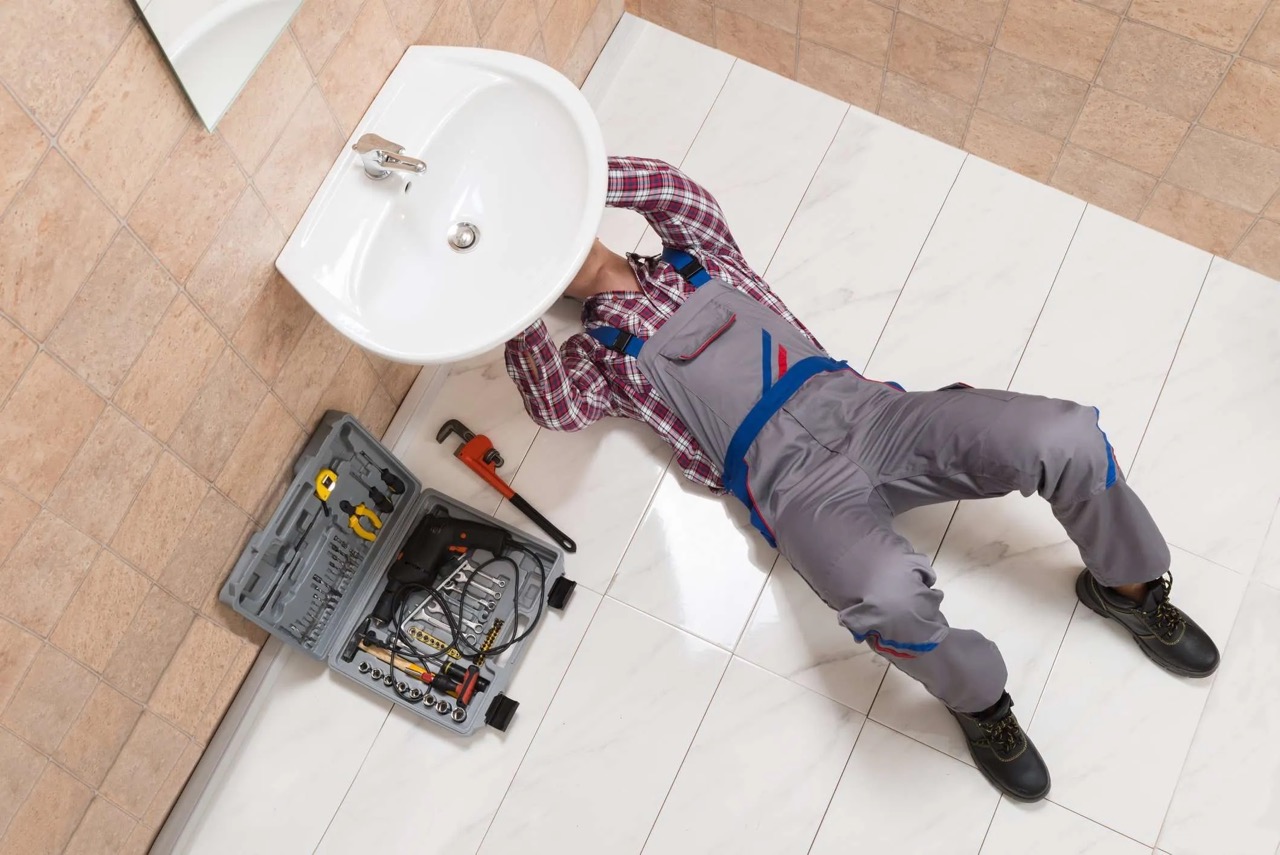
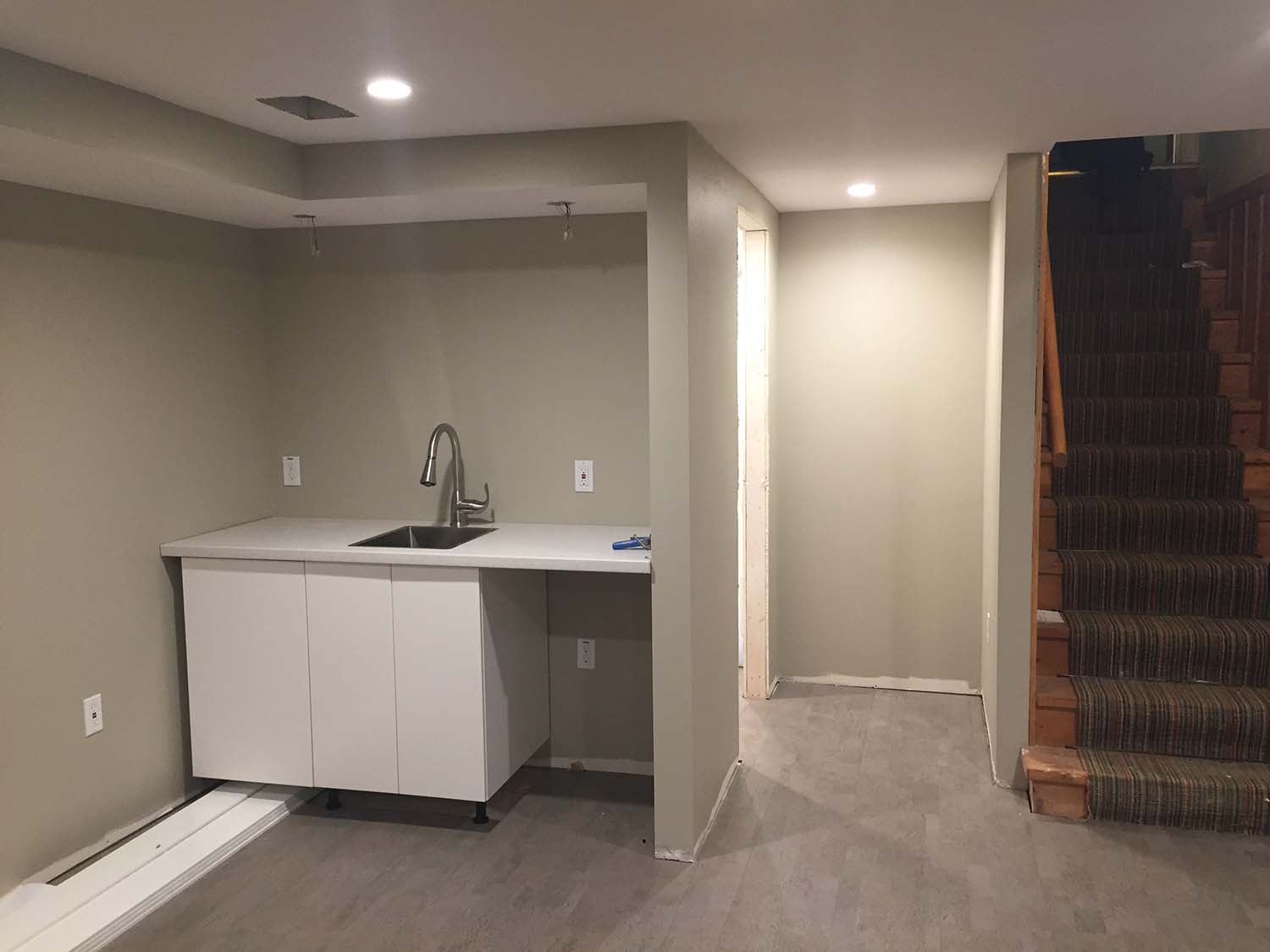
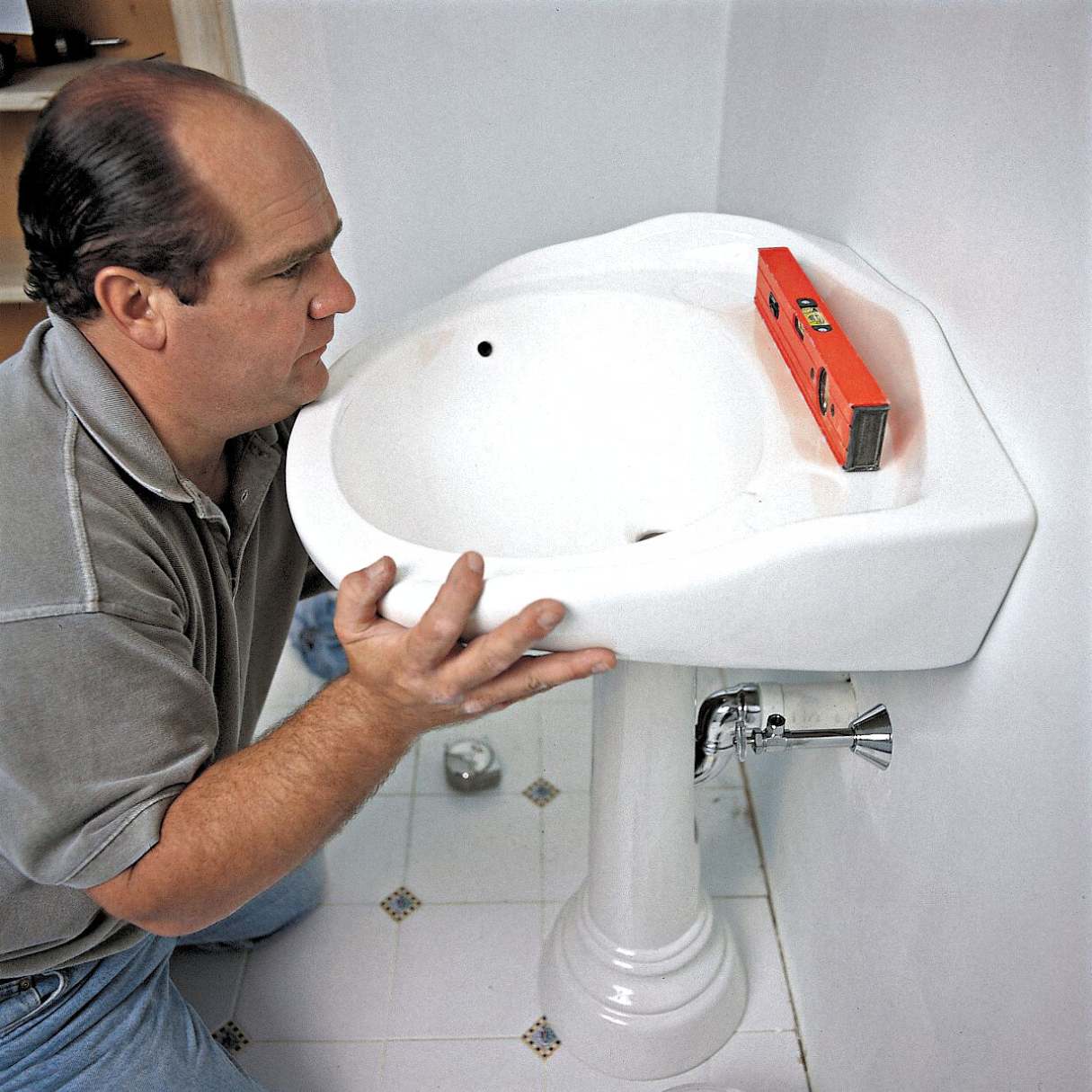
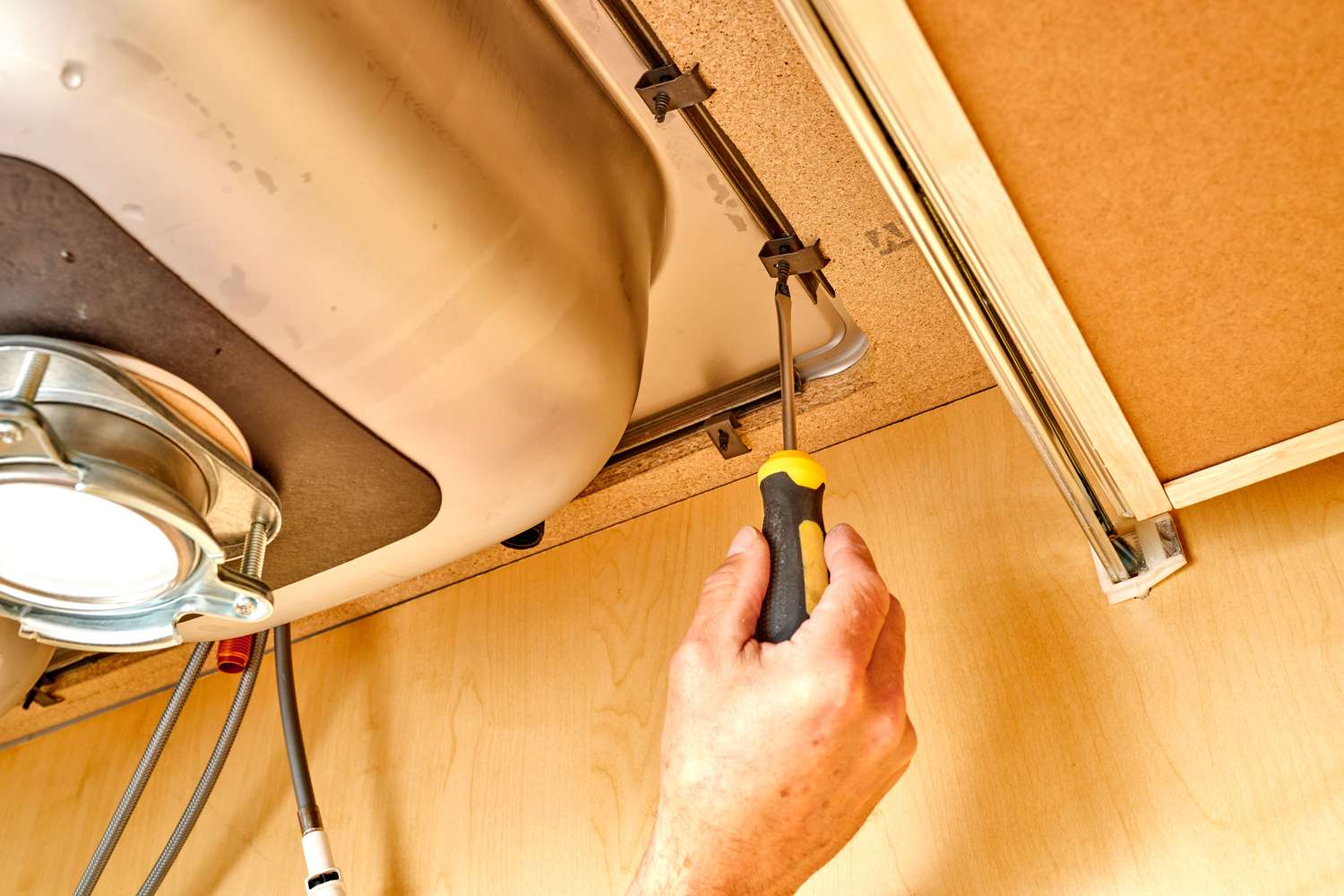
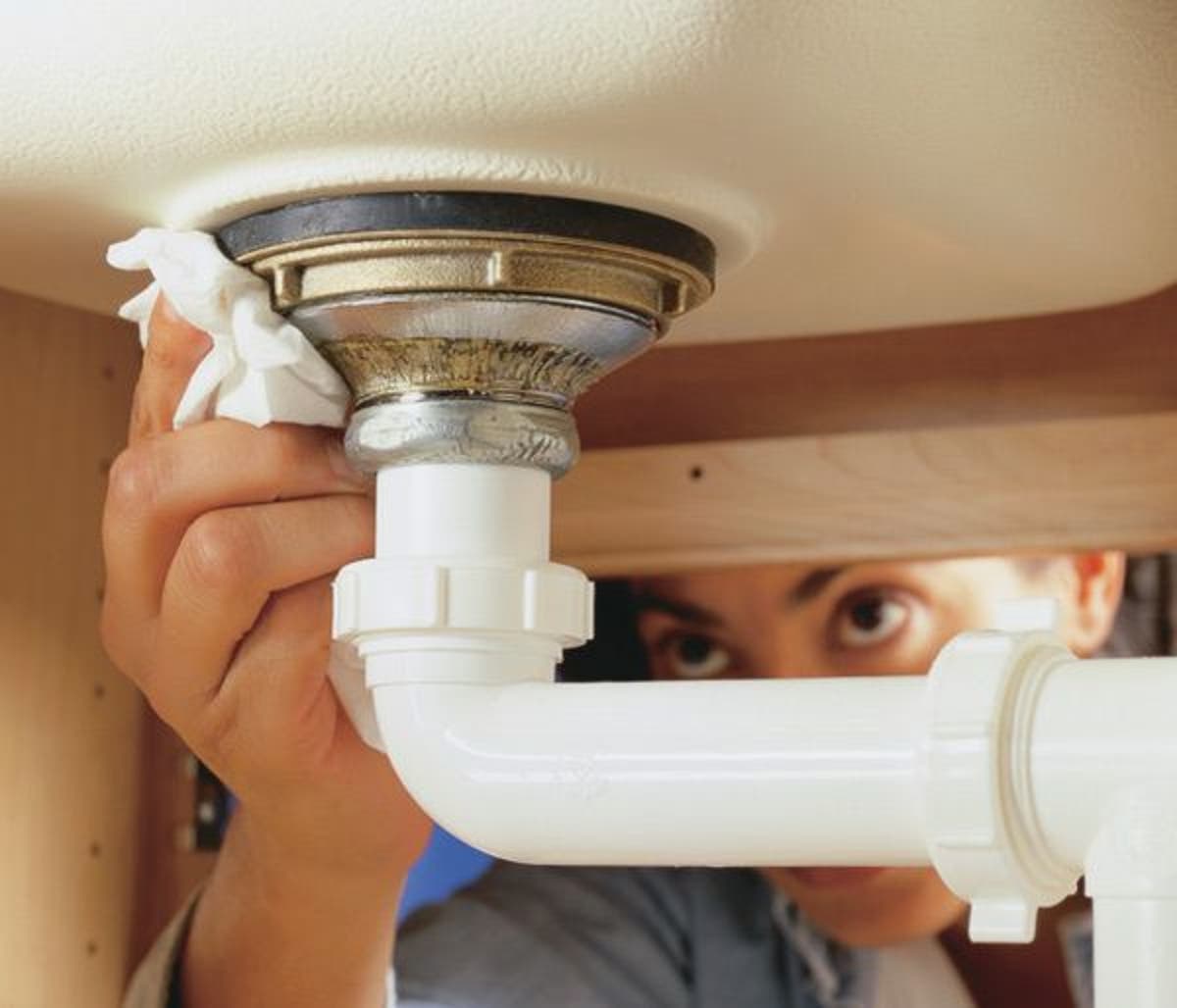

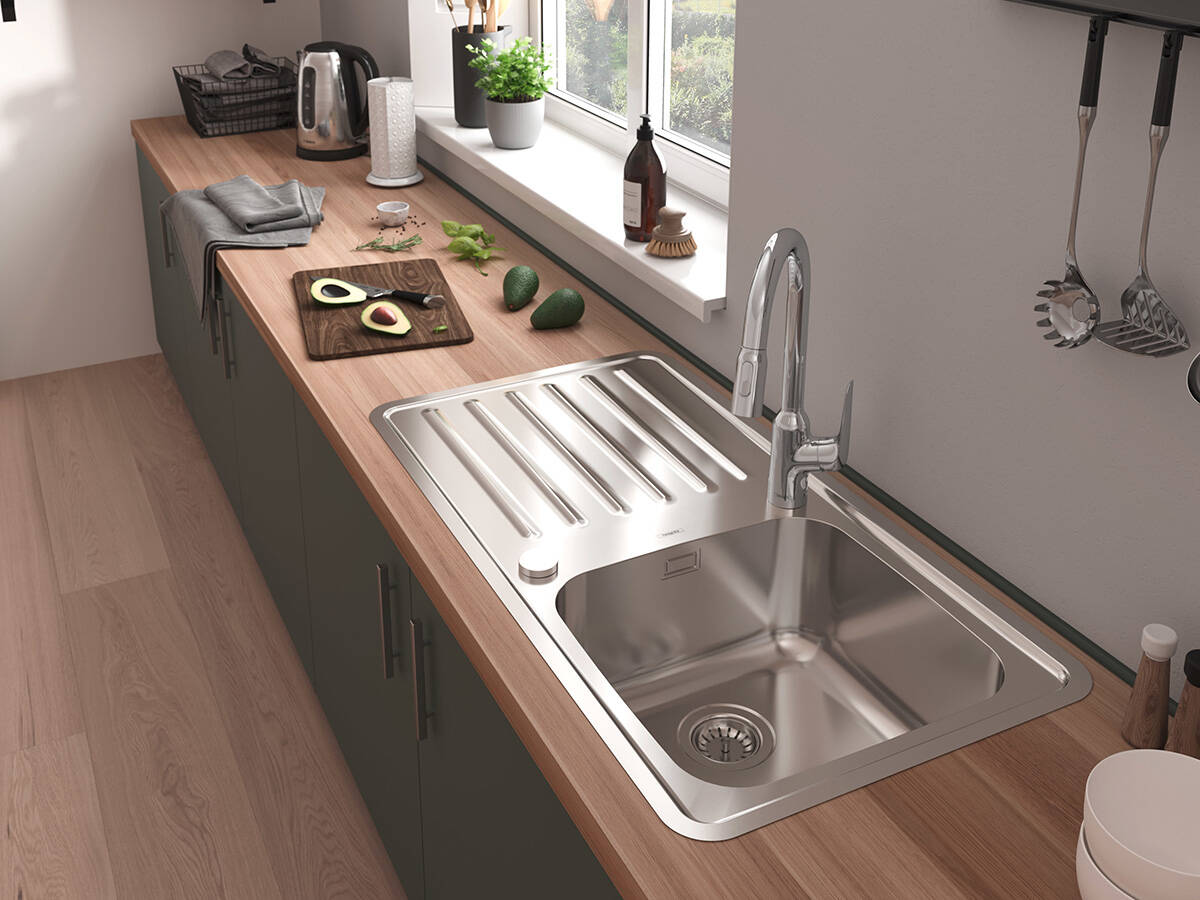
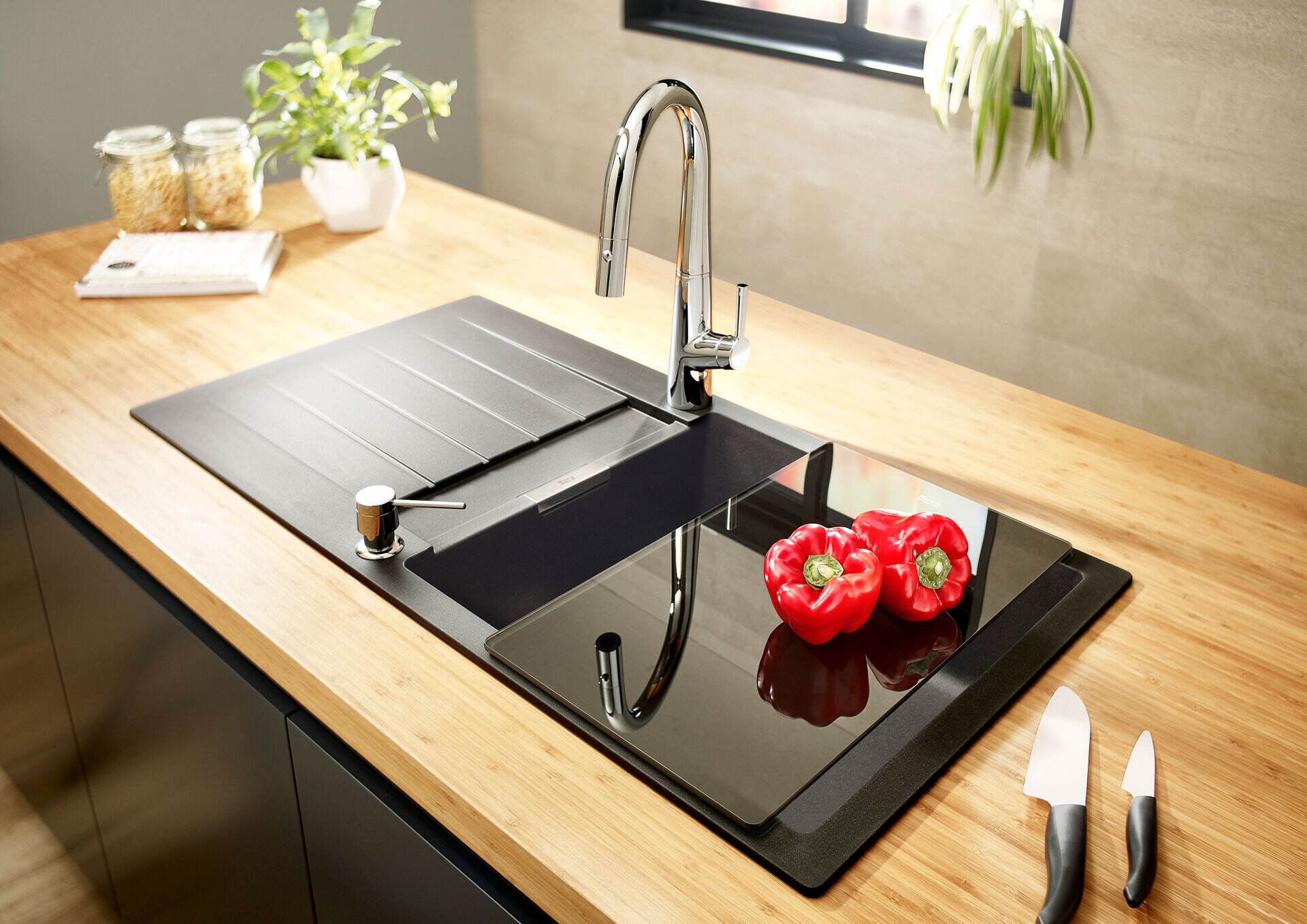
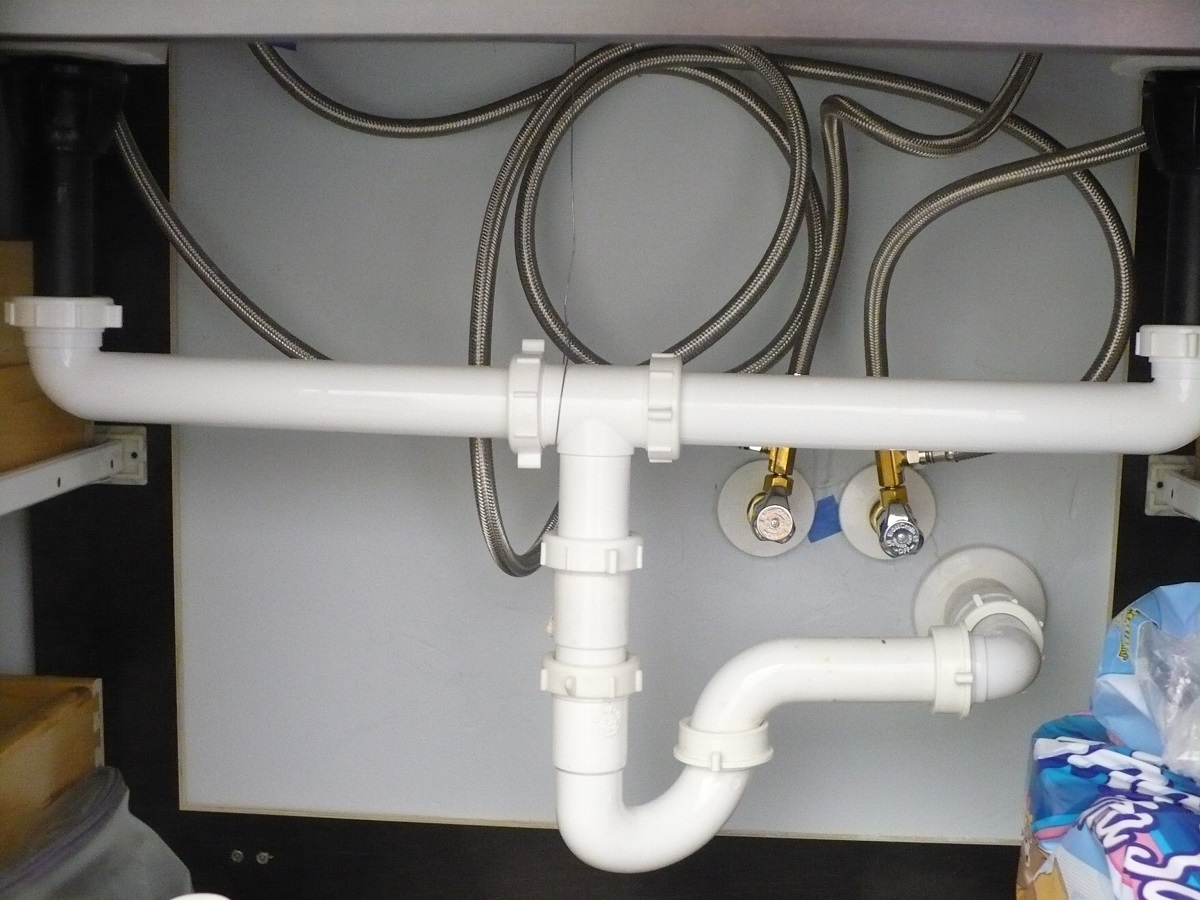

0 thoughts on “How To Install A Double Kitchen Sink Plumbing”